
If you’ve ever been in a public place or someone’s home and someone simply starts playing the piano, you know just how much joy they bring to their listeners. But when they play without sheet music and can take requests for almost any music, that’s even more impressive! These musicians have learned how to play piano by ear, and they deserve some respect! It’s a skill that many people long to have. Yet it’s a skill that few seem to know, despite the fact that anyone can learn to play by ear—even you. The steps to follow are quite simple. Yes, it takes practice and perseverance, two important characteristics for learning any skill. But it’s possible! So, how exactly do you go about playing the piano by ear? Read further to find out.
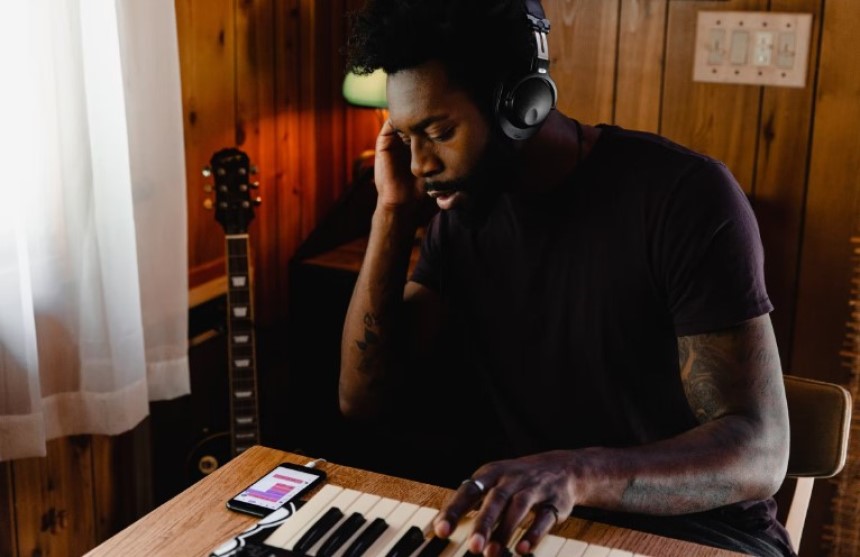
It’s important to establish the meaning of ‘playing by ear. It simply means that you don’t only play the piano without sheet music, but you can also know which notes to play after hearing a song—even though you’ve never seen the chords or sheet music for that piece. You know which note and chord to begin with and how to carry on playing. This sometimes means that you have to be aware of how to compose music and music theory. However, there are people who tinker with the piano until they play extremely complicated pieces without knowing musical theory. These musical geniuses are likely to begin playing without urging when they’re very young. But most people need at least some knowledge before playing by ear. You will be able to personalize any song and play it in any musical style you like. You can make your music very interesting this way. An example of a person who could do this well was Victor Borge, who played the song ‘Happy Birthday in the style of different composers. He also created humor from music through playing by ear—something very few geniuses have managed.
What is the difference between playing by ear versus playing with sheet music? Firstly, there’s no difference in ability or skill. Anyone can learn to play by repetition, and most people can learn to read sheet music. When you play with sheet music, you play the piano, or even perhaps an electric organ, by looking at music printed on pieces of paper. You may also find music on your mobile device these days. On these sheets, you find the tempo, rhythm, notes, key, and chords—every item of music you need in order to play. You follow the guidelines, not deviating from them to create your own. In this way, you can play any music, even pieces which you’ve never heard previously. When you play by ear, you have no sheets to work from. Instead, you play the music that you’ve heard before, playing from memory. If you play by ear, you require training in pitch and listening. Often, playing using music sheets or chord charts requires more concentration and finger dexterity exercises. There are advantages and disadvantages to both, but each manner of playing improves the other. So, it’s actually ideal for learning both.
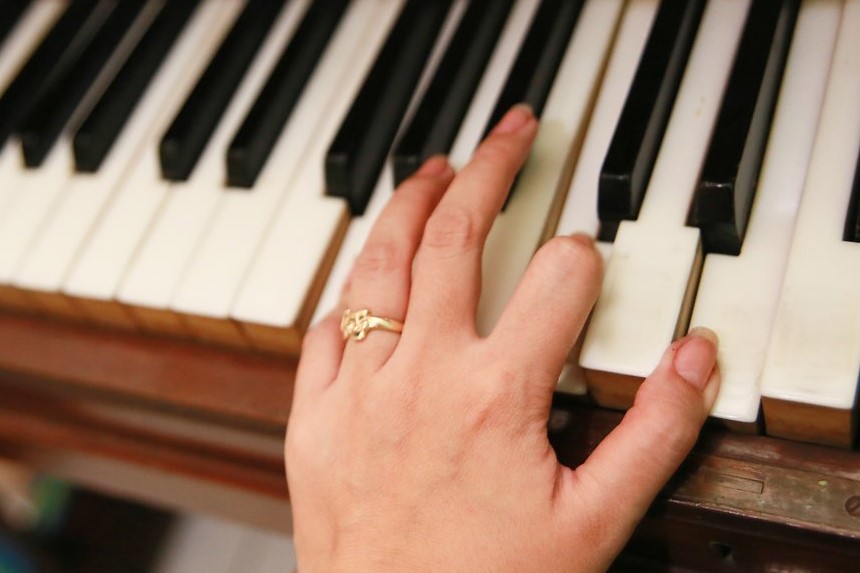
Playing by ear demands knowledge of music theory—at least to some degree. You need to know baseline rhythms, chord progressions, and inversions. This will give you the advantage of being able to evaluate and reproduce songs faster because you’ll be able to listen out for these aspects relating to the theoretical knowledge. This kind of playing also means that you can play well-known songs that are easily imitated. In addition, if you learned to play the piano through routine memorization, you’re likely to continue that way. You may have started this method as a child because of a learning disability, concentration problems, or trouble with multitasking. The focus in this instance is hand placement and where all the notes are on the piano, not reading music as well. So, playing by ear is so helpful because you can:
Many conductors and music teachers advocate learning to play by ear first before you play with sheet music. Their reasoning is based on the following benefits that you gain:
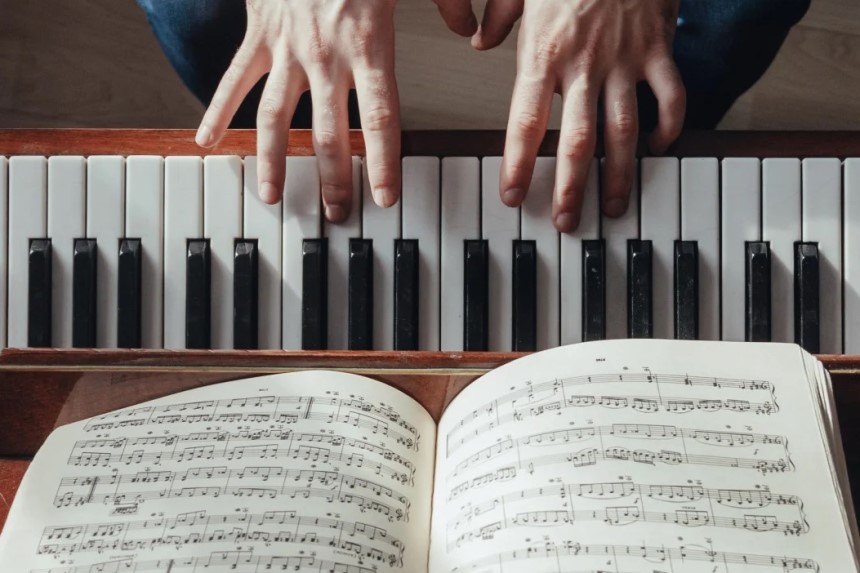
Reading sheet music also helps you to multitask. You have to be able to not only read the music but read ahead so you don’t pause to think or double-check details when you play a piece. Part of your exercises is also to ensure you place your hands correctly on the keys. That’s a lot to concentrate on, which is why practicing is so important. And you get loads of practice when learning to read sheet music. Bonus: these skills can be adapted to utilize in other areas of life, so you benefit in more ways than one.
Additionally, you improve the connection between your brain and your fingers’ movement control. Also, this kind of music relies less on chords, and more on fingering the notes, so it’s more complicated. This means that your fingers need to be flexible and dexterous. You also need to be able to change and adapt quickly because you don’t repeat your pieces as much as when playing by ear. Another advantage is that you have a lot more variety to pick from when you want to play. You can obtain all kinds of sheet music for many types of melodies and play them on the piano. You’re not limited to the songs you know and have heard before. And it saves you time. You don’t have to spend hours trying to recreate the songs, you know. You can just play straight away, following the notes on the paper. So, both methods are valuable!
The list below gives you some tips on how to play by ear and gain this priceless skill.
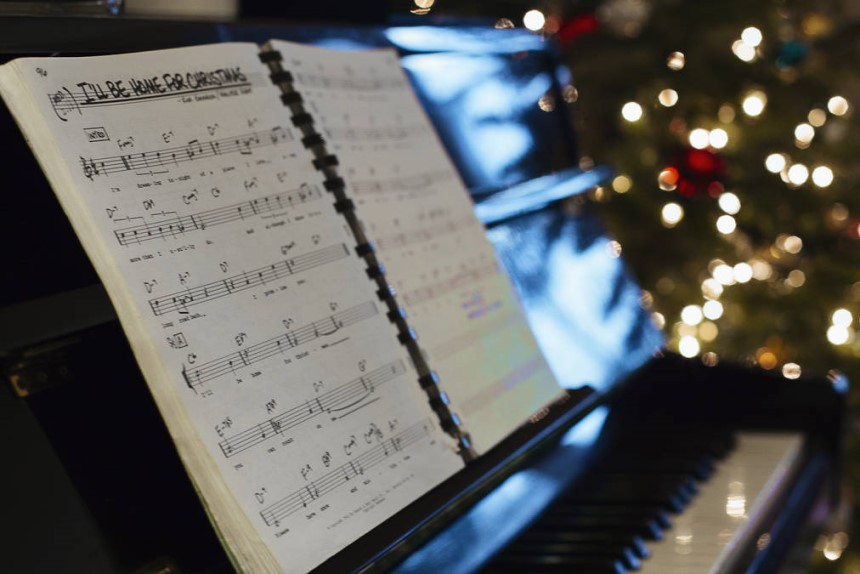
One of the most important aspects of playing piano by ear is the ability to analyze songs and discover what is happening to the music. For example, discover what the tempo is and look at the following:
For clarity, an interval is the space between two notes and is called by a particular name. For instance, fourth, second, major second. Ask yourself whether you can hear the chord changes or the lowest notes. Listen to the bass line and play it. Once you have the bass line, you can work out the chords.
The three crucial components to listen for are pitch, interval, and form. Afterward, you can learn to identify key signatures and chord progressions. You most often have to understand music theory and take time and effort to understand the different aspects of music. You have to learn to listen so that you can copy.
Music is all about patterns. There are repetitive chord progressions that can be broken down to create a song. Examples:
You figure out the chords, then try and figure out the melody. Patterns mean you don’t have to learn or recognize as many different elements. The same patterns occur in all music—classical or more modern. So, if you can identify similar patterns, it makes it all simpler, and you’ll learn a new song quicker than you expect. So, how do you identify patterns? You study the different kinds of music. You can look at the sheet music to find the patterns or play a load of songs so that the patterns feel familiar.
The following steps are useful:
Figuring out the chord will give you the range of notes that can be played with the right hand.
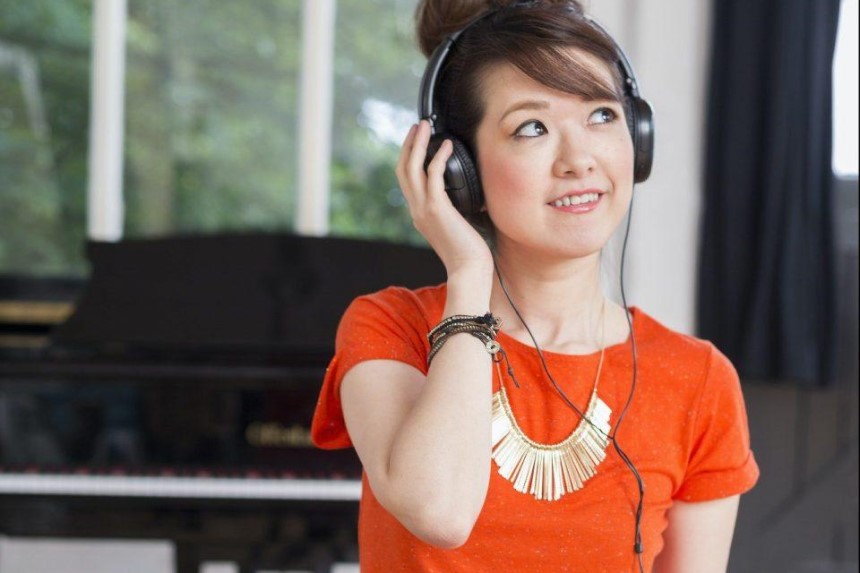
Begin by humming the melody. Find the starting note, and then figure out the key. If you know which black notes to play, you will know what key and chord to start in. Try a little bit at a time. Memorize it and then go on to the next part.
Listen out for rhythm Trusted Source Chapter 4: Approaches to Music Education – Music and the Child Orff Schulwerk is the only approach that is not a systematic “method” per se, although it does entail fostering creative thinking through improvisational experiences. Rather than a system, Schulwerk combines instruments, singing, movement, and speech to develop children’s innate musical abilities. milnepublishing.geneseo.edu . Replicate the rhythm as accurately as you can, and you’re on your way to learning this skill. There are different types of beats and offbeats and occasional small additions. Now play the melody and the chords together with the correct rhythm.
One of the best options when studying music is to obtain an amplifier. This gives a richer experience, so it’s easier to identify the finer details of a song.
Music theory is fundamental to playing piano by ear. It’s about learning about each note’s name, from A to G, to octaves, and how these notes are represented on sheet music or chord charts. You also need to learn more technical aspects like fifths and scale iterations, which will help you to recognize music details later. Yes, it can seem dull or complex at times. But theory will teach you about composition and how to listen to those compositions. This makes reproducing a piece of music easier. So, how do you learn theory? You can either go to a music teacher or get a workbook to study.
You’re going to make a lot of mistakes, so get comfortable with failure. It’s actually not an easy skill to learn and needs a lot of practice and repetition. If you play wrong notes or keys, it’s just as crucial as playing the right ones. You learn from your mistakes.
One of the best ways to learn to play by ear is by watching others play. You can match the pitch, look at where the hands are placed on the piano, and what octaves and keys are involved. It’s not playing by ear but rather watching and copying. This will eventually lead to the process of listening and then imitating what you’ve heard.
You need to practice—daily if you can. You improve your skills when there’s no gap between forgetting what you’ve learned previously. Practice your theory, scales, arpeggios, chord progressions, and intervals.
Practice using sheet music as well. It helps you learn faster by exposing you to a greater variety of composition styles, keys, and rhythms. All of this will assist you in playing by ear.
Start with simple songs. You need songs with the same time signature all through the piece. Select a song in a basic key with fewer flats and sharps. Keep to slower songs. Then you can go on to songs with faster tempos, more complicated key signatures, and changing time signatures. Build up confidence and skill with this simple first step.
When you learn to play the piano by ear, it can be an uphill battle. You’ll be making many mistakes, and there will be times you may be tempted to give up. So, try these tips for fun:
Just keep it lighthearted, and you’ll have the courage again to continue. Now that you’ve decided you want to play by ear, where do you look for a piano?

If you don’t have the space, consider a digital piano or even a keyboard. They don’t require you to permanently sacrifice floor space because you can place them on a table and put them in storage when you’re done for the day. Why not start by looking at leading brands, such as Yamaha and Korg? By buying market leaders, you know you’re making a wise investment. But the feeling of pressing down on piano keys is unrivaled, so a traditional piano is also worth it.
Learning how to play piano by ear has distinct advantages. It doesn’t mean playing the piano using sheet music is a lesser skill, but you benefit by learning both methods of playing. Once you’ve learned all the skills required for playing by ear—all the theory of chords, melodies, key signatures, tempo, rhythm, scales, arpeggio, and more, you are ready. You can walk into your local bar where there’s a piano or invite friends over to your house and simply sit down and play. Take requests from your audience and add a few flourishes and twirls for interest and put up a really great show.